in Story & News
Korean Wine
Going Global
Over the past two decades, Korean wine has experienced remarkable growth, achieving unprecedented success in 2024. In July, at Germany’s Berliner Wine Trophy, Korean wines won five gold medals and one silver medal out of 5,500 entries. This was followed by a historic achievement at the Asia Wine Trophy 2024 in Daejeon, where they claimed 13 gold medals and 18 silver medals. Garnering accolades at prestigious wine competitions, Korean wine is capturing the global palate.
By Jae-youn Ko, Honorary Professor at Kyung Hee University and President of the Korea International Sommelier Association
The history of grapes in Korea dates back to the Three Kingdoms period. The first records of Korean winemaking appear in the 18th-century text Yangjubang, which describes a unique process of fermenting a mixture of nuruk rice and grape juice, distinct from the European winemaking methods of Georgia. Modern Korean wine production began in earnest in December 1964, when former President Chung-hee Park, inspired by a visit to Germany, initiated the development of the domestic wine industry. Early Korean wines like Olympia (1969), Noble (1974), and Majuang (1977) dominated the local market, with Majuang even serving as the official wine for President Jimmy Carter’s state dinner during his 1978 visit to Korea. However, the opening of the import wine market in 1987 led to a decline in the competitiveness of Korean wines, plunging the industry into a prolonged slump.
The revival began in 1996 with the launch of Grand Coteau Wine in Daebudo, Ansan. Farmers in regions like Yeongdong-gun in Chungbuk, Yeongcheon-si in Gyeongbuk, and Muju-gun in Jeonbuk began producing local wines, though quality remained a challenge. Through relentless passion and perseverance, the quality of Korean wine has improved dramatically over the last 20 years. We Red Wine earned Korea’s first recognition at the Berliner Wine Trophy in 2018, and white wines made from the locally bred Cheongsu grape variety have become national symbols, winning awards at both the Berliner Wine Trophy and the Asia Wine Trophy every year since 2019. Today, approximately 150 wineries across Korea produce over 700 varieties of Korean wine, which are now proudly served on dining tables in countries like the United States, Singapore, and Hong Kong.
Daebudo, Ansan-si, Gyeonggi
Grand Coteau Cheongsu Dry Wine 2021
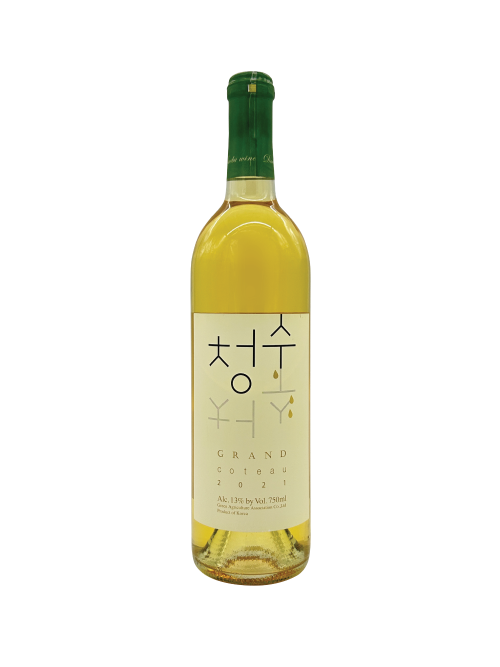
This white wine, made from the Korean Cheongsu grape, boasts a beautiful golden hue and aromas of persimmon, lemon, tomato, citrus, and sandalwood. With a balanced acidity, dry sweetness, and medium body, it offers a longlasting finish.
Pairing Suggestions
Sliced raw fish, oysters, grilled clams, seafood dishes, etc.
Gimcheon-si, Gyeongbuk
Sudosan Kraté Sanmeoru Red Wine 2021
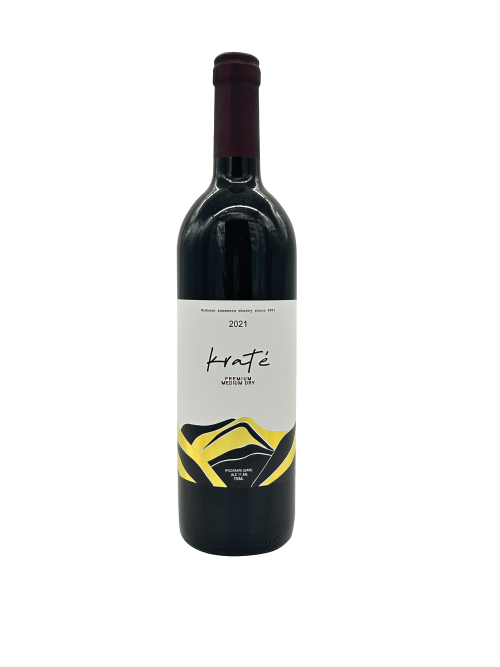
This quintessential Korean red wine boasts a dark ruby hue and aromas of blackberry, caramel, smoked wood, vanilla, chocolate, and spices. With a fullbodied structure that finds harmony between tannins and acidity, it offers exceptional balance and a lingering finish.
Pairing Suggestions
Roast beef, charcoal-grilled ribs, grilled black pork, etc.
Yeongcheon-si, Gyeongbuk
We MBA Red Dry Wine 2021
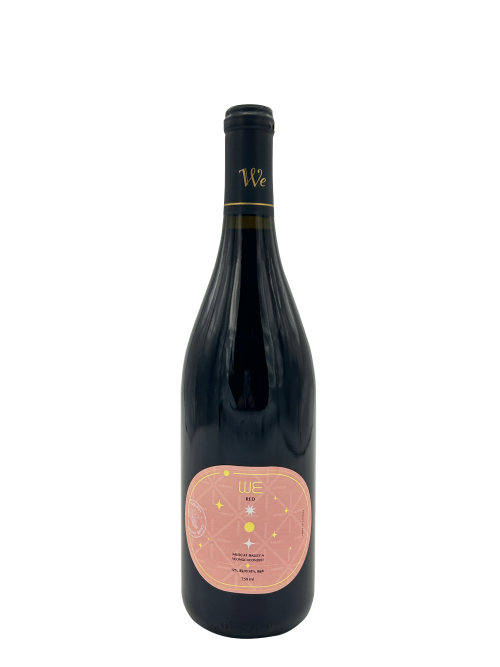
The first Korean wine to win at the Berliner Wine Trophy, this red wine features a deep ruby hue with aromas of rose, cherry, berry, vanilla, chocolate, wood, and plum. Soft tannins and wellbalanced acidity create a refined flavor with a hint of subtle sweetness.
Pairing Suggestions
Beef tenderloin steak, marinated grilled ribs, etc.
Andong-si, Gyeongbuk
264 Cheongsu Gwangya (The Wild Plain) White 2023
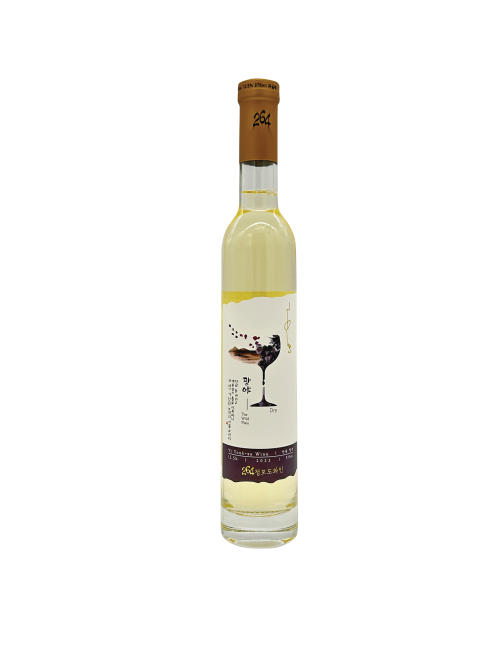
This wine has won the most awards among Korean wines at the Berliner Wine Trophy and Asia Wine Trophy. It features a pale golden color with aromas of green apple, grape, citrus, lime, vegetables, lemon, and pear blossoms. A refreshing taste with moderate acidity perfectly complements the floral notes.
Pairing Suggestions
Braised duck, seafood, tofu dishes, etc.
Yeongdong-gun, Chungbuk
Sanmac Secret Garden Red Dry 2023
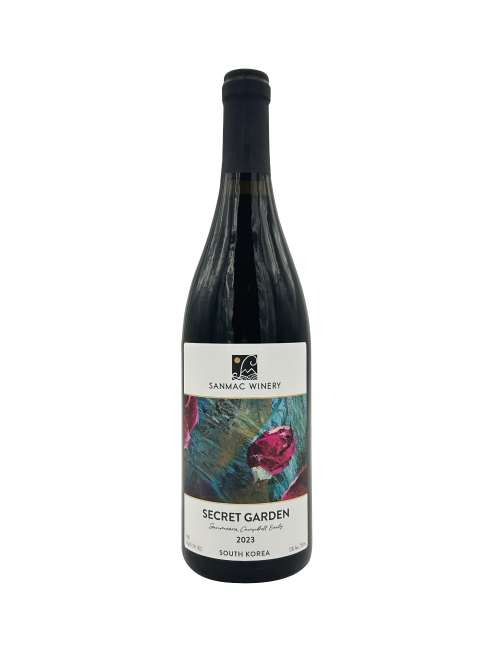
The first among Korean wines to receive a score from James Suckling, this wine is characterized by its deep ruby color and aromas of red berries, cherries, violets, herbs, vanilla, and chocolate. Its balanced acidity, tannins, and alcohol leave a lasting impression.
Pairing Suggestions
Korean beef steak, lamb, pasta, etc.
Cheorwon-gun, Gangwon
Gold Sweet Muscat Baengmagoji 2023
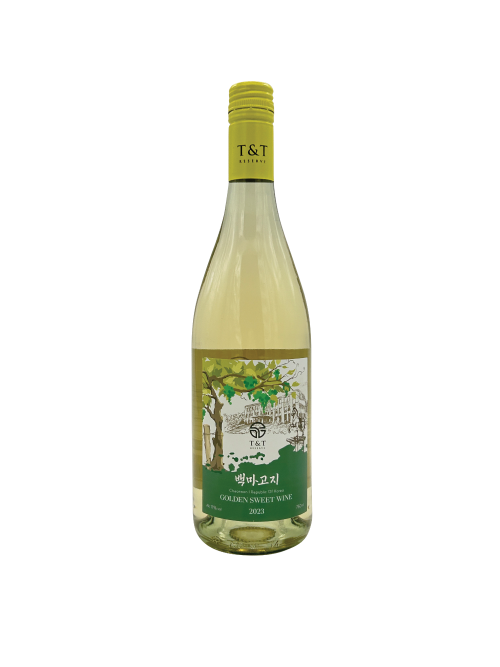
Produced near the DMZ in South Korea’s northernmost region, this wine exudes aromas of lemon, citrus, mango, pineapple, longan, and sandalwood. Its soft, elegant, and light notes of muscat and sandalwood create a refreshing experience.
Pairing Suggestions
Salads, boneless chicken, sliced raw fish, desserts, etc.
